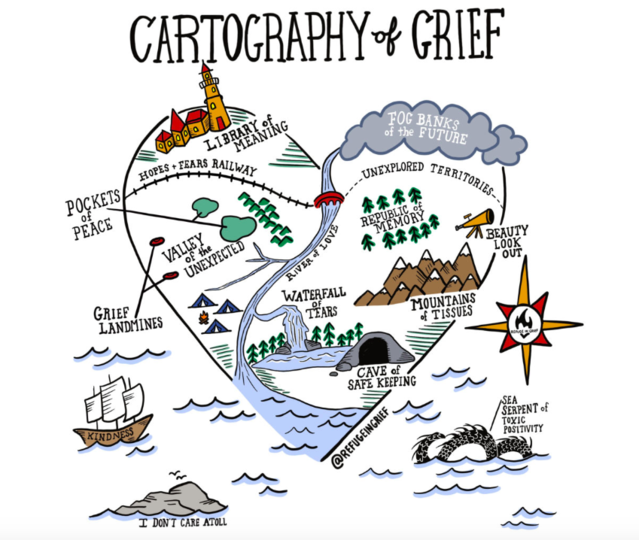Grief
Grief and Loss, the Long View
Reflections on grieving over time.
Posted August 28, 2019 Reviewed by Gary Drevitch
For many years, I maintained certain traditions, such as eating a food I knew to be a favorite of my father’s, and lighting the traditional memorial candle Jewish people light for the dead.
This year, I joined the burial society, or chevra kadisha, at my synagogue. As I approached the 31st anniversary of my father’s death, I came face-to-face with a dead body, something I hadn’t done in, well, 31 years.
The ritual involved in washing the dead, called tahara in Hebrew, is beautiful. It is also terrifying to many people. It is not something people routinely sign up for; almost every person who asked me about my interest was curious as to my “why,” if not slightly disturbed by my interest, some a little in awe of my willingness to enter into this territory.
Yet, this community of people are my people: Comfortable with death, confronting it for what it is, in all of its simplicity and finality. I have been practicing these things for so many years.
To be with a person after they have died requires everything of us, nothing of the dead. The dead have nothing to offer us, and at the same time, everything. I found myself humming with life, grateful for the way my body works; the perfect, new lives of my children; the true gifts of health and youth.
Tahara is an act of pure generosity, making sure that the body of the dead is respected in a way that a body of a living person would be respected. It is an incredibly spiritual experience being a part of a group of people responsible for readying a body for whatever comes after life on this earth.
Tahara is also a controlled process that is decidedly different than losing a person to death. It is orderly, defined, proscribed. I found myself quite easily adapting to making decisions about what to do in a situation involving a person I had not known in life, a strikingly different set of feelings from those connected to losing a loved one to death.
In recent weeks, a colleague directed me to Megan Devine’s Refuge in Grief, an online community and set of resources for people experiencing grief or working with others who are grieving. Devine, a psychotherapist and the author of It’s OK That You’re Not OK, has her own personal experience of grief and loss, which she shares openly. Her site offers resources like “8 Simple Acts" for those living in the early days of grief and “Do This/Not That,” a guide for those supporting others through grief. Devine has also created brief videos on her blog that help people think through different aspects of grief and support.
As I looked through, the resource that spoke most to me at this moment is a map of the grieving heart, or Cartography of Grief, created in partnership with illustrator Brittany Bilyeu.

For me, 30-plus years out, my grieving heart houses so many of the places that Bilyeu has illustrated — pockets of peace right in the middle of the valley of the unexpected, grief landmines popping up right next door. The ship of kindness has continued to sail nearby, and for that I remain grateful, even in ongoing grief.
Copyright 2019 Elana Premack Sandler, All Rights Reserved


